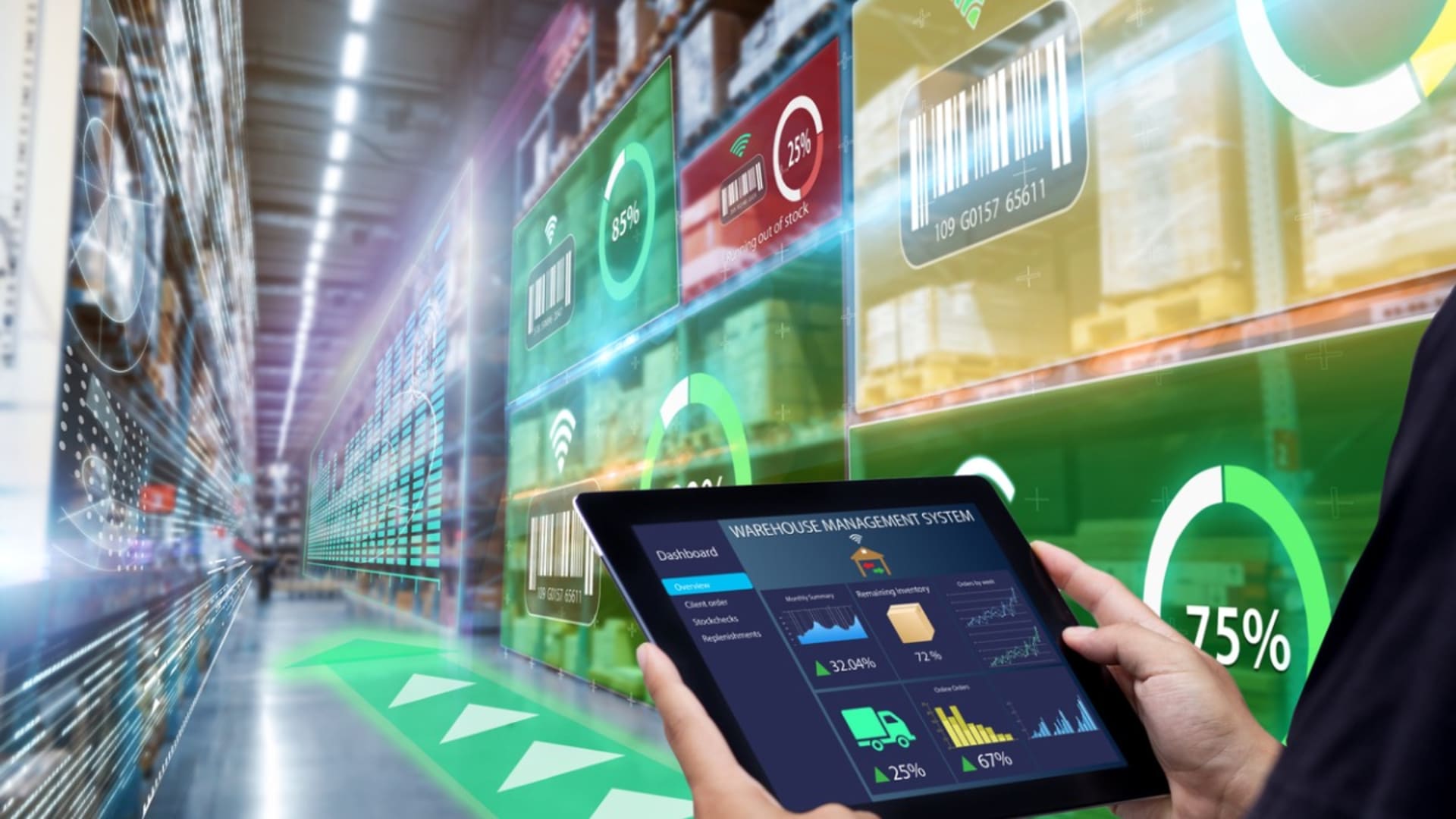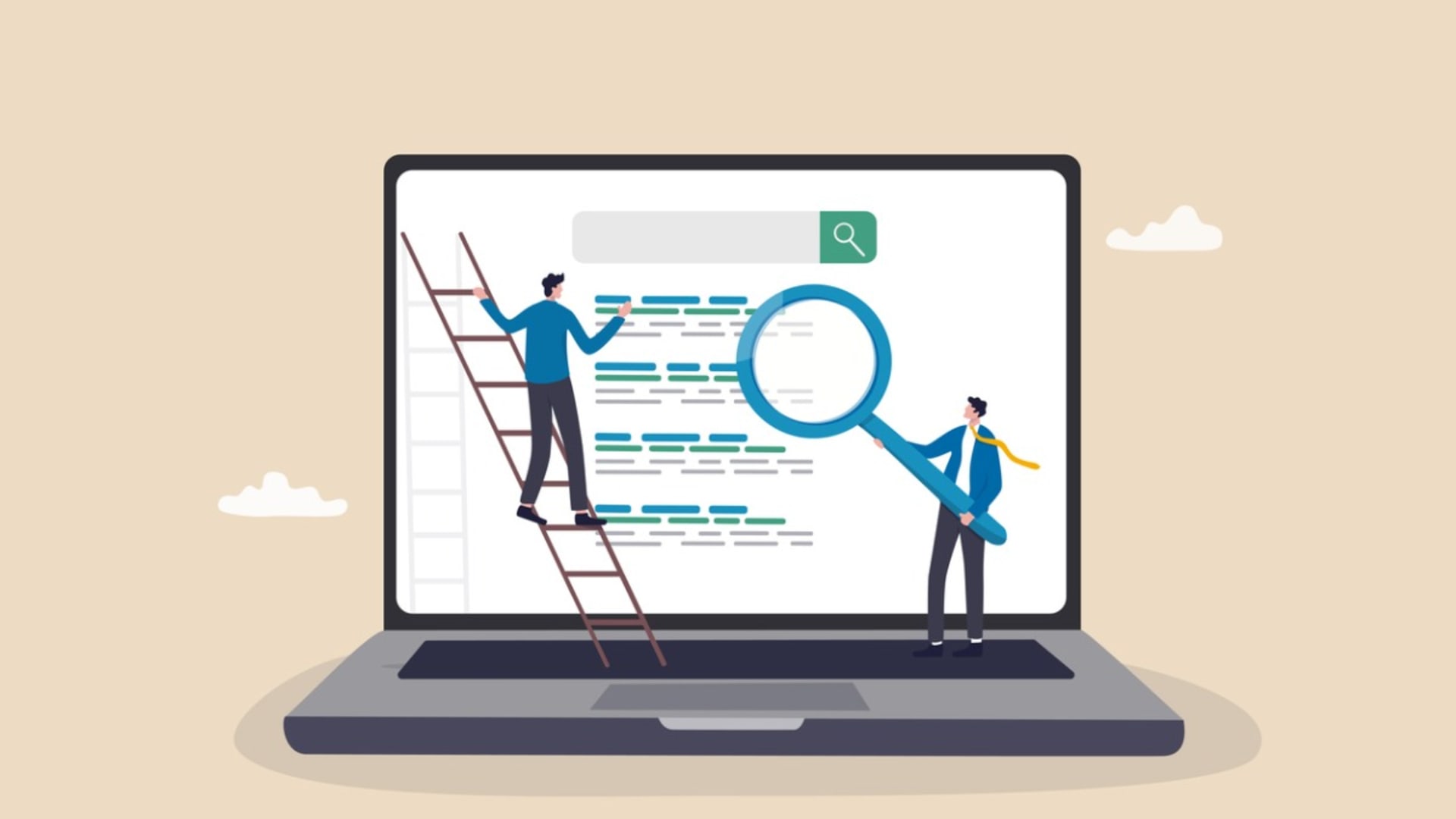Production management software is a crucial tool for companies that handle their own production systems. This software helps companies keep track of raw materials and product inventories while monitoring everything throughout the production line.
There are many other factors involved in the manufacturing process that companies need to watch closely and control precisely. Manufacturing management software allows companies to accomplish this nearly without effort. Before getting started, manufacturing company owners must understand the available common product management systems and software types. They must also decide if their company would greatly benefit from such a production management system based on their workflow.
Manufacturing companies need to have full control over their various operations. Production management software provides these companies with all of the necessary tools to keep an eye on their production process. This software can be of different types, so companies must choose the right type based on their specific needs.
Before getting into the various software types, business owners must know the types of manufacturing systems to understand who needs each type of product management software. These include:
- Continuous Manufacturing System: Commonly known as a mass production system, this type is ideal for companies that manufacture the same product 24/7. In this system, the production line repeats the same process over and over again. As the workflow is mostly predefined there, the use of ERP or MRP software is more common in these systems.
- Intermittent Manufacturing System: Intermittent or batch manufacturing is a system type for companies that manufacture the same product in small batches. As a result, the quality of finished products may slightly vary among batches. To ensure everything comes out perfectly, companies use ERP or MRP software in this manufacturing system.
- Custom Manufacturing System: This is arguably the most complex manufacturing system where companies manufacture every product upon order by the customer. Most of the products companies manufacture in this type of system are handmade. Highly skilled craftsmen manufacture such products but they still need SRP or MRP software to track the progress of the manufacturing system.
After company owners understand the types of manufacturing systems, they should then focus on determining the type of software that would best suit their company and employees.
BairesDev Best Practices
Product Management is a fundamental component of successful software development and delivery. While there are many approaches towards achieving this goal, these are the Best Practices that we follow and recommend at BairesDev and have proven to be successful across many customer engagements. Our Product Management Circle is the center of excellence that outlines and maintains these standards and ensures that knowledge and practices are shared across our organization. Throughout our engagements we:
Focus On Understanding the Customers
By listening to their problems. This is the only way to fix them and achieve a great value proposition. We do not listen to the customer’s suggested solutions. When possible, we validate ideas and concepts with the customers and users to reduce product risk.
Use Design Thinking
To find innovative ideas that focus on understanding and solving clients’ real problems. Have a fresh mindset: do not get encumbered by knowledge.
Analyze the Context
To identify key success factors and competitive advantages with PESTLE and Porter’s Five Forces of Competitive Position frameworks.
Conceive Solutions
Using techniques such as Google’s Crazy 8s and SCAMPER.
Observe the Competition to Better Understand Customer Problems
Use their features as user tests. See the reviews they get and their ideas that work really well.
Validate Features
Financially (funding), legally, commercially, economically (pricing), and technically to know if we should move forward or pivot to reach a product/market fit.
Look for Opportunities For Product Growth
By collecting, measuring, and analyzing data.
Assist in Prioritizing Features
Know if users are willing to pay for features before creating them. Also, ensure users understand what value they get with each pricing tier. Use the MoSCoW prioritization method to assist in prioritizing features and to know which value category they belong to.
Use the Product!
We deeply understand how the product works and feels.
Use Critical Thinking to say “no”
Protect and keep customers happy, not everyone else (marketing, sales, even the CEO if they have a bad idea). Still, we work closely with developers, sales, marketing, and support to understand their feelings about the product. Everyone can bring valuable insights.
Remember UI/UX and Docs
It is key to test, maintain, and improve them to succeed.
Define Both Functional and Non-functional Requirements
Such as scalability, reliability, performance, and security. The customer’s emotional and social needs may be as important as functional needs. Smiling customers remain loyal for longer.
Perform Product Discovery
To understand if, when, and where the product should be improved to reduce value, usability, execution, and viability risks. Some techniques for product discovery include A/B testing, interviewing, polling, consulting, shadowing, doing immersive experiences, providing free trials, beta testing, the 5 Whys, conceptual maps, Ishikawa diagrams, SWOT, and root cause analysis.
Understand the Company’s Goals
Including how they measure success, what are the OKRs and KPIs, and what they are expecting to achieve with the product.
Share the Product’s Concept and Vision
With everyone involved: the dev team, clients, users, and stakeholders. Use Sinek’s golden circle from the inside out: Why are we building this product? Then, how is it built (features)? And finally, what is the product?
Consider the Cost of the Delay
Every time we put off making a decision, value is destroyed. It is better to fail fast, early, and often. Plan, execute, and iterate.
At BairesDev, Product Management is not only about software requirements and user stories creation. We actively participate in all phases of product development to ensure the best user experience and product/market fit.
Does Your Company Need a Production Management System?
Before spending a large amount on ERP or MRP software, companies should consider the following criteria:
- Complexity of the production process. If the company does bespoke production a lot, it might need to keep track of a wide variety of factors during the production process. In that case, the company will need production management systems to monitor all the factors in real time.
- In-house or cloud software. In-house software costs a lot but provides much more flexibility than cloud software. However, cloud software is a good solution for small companies using a mass production system that doesn’t need that much flexibility. Cloud software also allows for utilization on the go.
- Commercial off-the-shelf product or custom solution. If they are on a tight budget, pre-built ERP or MRP software without a ton of features is typically sufficient. However, if the company has enough budget, they can easily go for customized software to meet all of their exact needs by partnering with a software development outsourcing company.
- Capability of running and troubleshooting such systems. Only companies with a skilled IT workforce can opt for complex production management systems. Otherwise, choosing common software with easy-to-use interfaces will be more convenient. Also, they should determine features the company needs for the products it manufactures.
Different Types of Manufacturing Management Systems
There are many different types of manufacturing management systems available on the market today. Three of the most popular include:
ERP
ERP, or Enterprise Resource Planning, is one of the oldest types of software that companies use for production management. This software allows users to perform basic tasks such as listing customers based on their sales cycles. ERP software also tracks current orders along with all of their corresponding necessary information and then processes them. Companies related to mass production use such software to organize resources like raw materials, necessary tools, and so on. Also, ERP software allows companies to keep track of their inventory without much hassle.
MRP
MRP, or Material Resource Planning, is the upgraded form of ERP. With MRP software, companies can monitor and control the inbound and outbound flow of resources for the highest efficiency in the production process. This software allows users to manage bills of materials (BOMs) and inventory without any fuss. Plus, companies can also do general accounting and machine scheduling with this software. With MRP systems, businesses have better control of their inventory. Purchase planning also improves quite a bit when using the software for data management throughout the production process while also improving production planning.
SRP
If a company isn’t directly related to production but only provides services, using an SRP or Service Resource Planning software is a better solution. This software is mostly similar to ERP software, but companies also get access to additional features to execute their services. SRP software is mostly cloud-based, so it’s more cost-effective than other production management systems. To better manage service scheduling and invoicing, SRP software has different tools integrated. Companies have access to this software from any device so managing services becomes much easier on the go. This software also has much more customization possibilities than other production management systems.
Our Advice for Businesses on Their Production Management Software Projects
The manufacturing process is continuously evolving across the globe. Companies now need to handle highly complex production processes and keep track of every bit of resources and outcome with the ultimate precision.
To do this, production management software is the best solution. Be it ERP, MRP, or SRP, companies can leverage these systems to monitor their production systems closely and manage every factor to have better control over the production process. With such control, manufacturing companies can improve their efficiency and reduce errors to a great extent.
For companies with unique needs or those who just want a highly customized product, working with a software development company to build a totally new production management product is the way to go.







